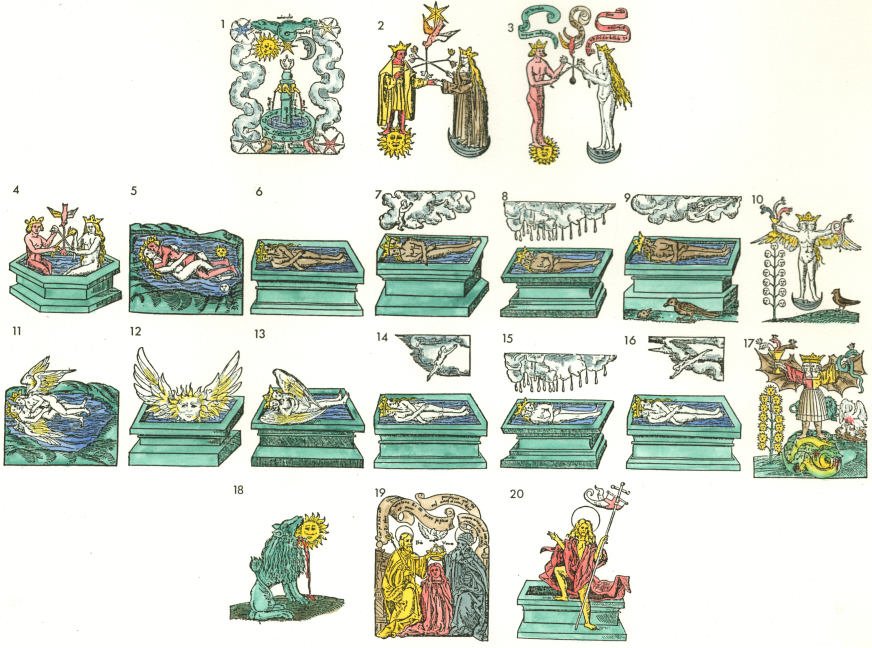 In The Secret History of Western Sexual Mysticism: Sacred Practices and Spiritual Marriage Michigan State University Professor Arthur Versluis takes a refreshing look at sacred sex in the West.
In The Secret History of Western Sexual Mysticism: Sacred Practices and Spiritual Marriage Michigan State University Professor Arthur Versluis takes a refreshing look at sacred sex in the West.
As used in the title, ‘mysticism’ refers to religious traditions that point us towards the inexpressible transcendence of the apparent division of self and other, and towards realisation of the divine, in this case, through sexual practices.
The book takes readers from ancient Greek mysteries, to gnostic Christianity, through alchemical traditions in the Middle Ages to modern days thinkers. It journeys across America, Europe and to the East to reveal how sexual mysticism appeared in various groups led by charismatic men and women, and recounts some of the history of the continual and brutal opposition they met along the way.
Availability
Excerpts
p. 141 [Through sacred sex] a man can become an archetypal man encountering an archetypal woman: angel or god unites with angel or god (depending on whether one is drawing on Christian or pagan language). But such an experience does not usually come from ordinary sexual intercourse. It is associated, rather, with discipline and withholding, with loving with and through the other while not succumbing to an ejaculatory conclusion.
p. 121 One of the most interesting aspects of the emergence of sexual freedom during the twentieth century was the almost total absence of sexual mysticism from mainstream society for most of the period. One sees a broader acceptance of homosexuality, of gay rights, of premarital and even extramarital sex, not to mention the profusion of pornographic media during the last quarter of the twentieth century, the widespread appearance of strip clubs, and so forth. But all of these are outward forms of sexual license or openness, and some of them in fact represent, if anything a projection or objectification of sexuality, rather than any kind of deeper or more intuitive understanding of sexuality as having inward meaning. Sexuality, in most of these movements, is primarily or even exclusively seen and defined in relation to society at large, and not at all in terms of any inner dimensions. Thus it is not surprising that sexual mysticism for the most part was not visible at all in mainstream society. It was as if it did not exist at all.
p. 137 What makes sexual mysticism particularly attractive in the modern era? It speaks to a deep human need for connection not only to another individual, but also to nature and to the divine. The institution of marriage dissolved considerably during the twentieth century as part of the larger dissolution of cultural unities in the face of ever-intensifying secularism that served to erode or sever connections between people and their religious traditions. Sexual mysticism serves to restore these connections not on a cultural level, but between two people who meet and join not only in nature, but also magically, or, to put it another way, not only as individuals, but also as representatives of principles in the cosmos beyond themselves.
p. 143 It may be that when we fall in love, we find ourselves engulfed in a monsoon of hormonal and chemical intoxication that inexorably fades away into the cold, long day of routine life. Yet if this happens, perhaps it was not inevitable, but the result of not entering into the unitive alchemical process we see suggested in, for instance, the Rosarium Philosophorum [pictured below]. Perhaps this process must engage our faculties of imagination and of inner life.
p 45 [The early Gnostics] hold that those who do not understand and undertake such a sanctified Earthly union [“cleaving to a female companion/partner”] are failing their human purpose on Earth, which is not reproductive (animal) sexuality, but is rather sacramental or mystical communion. … Thus earthly union is but a foreshadowing of eternal and celestial union to come [between divine Wisdom (Sophia) and the Savior, the Logos], but by participating in sanctified union in time, one is prepared for the spiritual union in timelessness.
But [these Gnostics] should not be read as privileging sexual division over ultimate union or unity. They believed that sexual division represents our fall into duality, and that sexual union prefigures and represents the reunion of what was sundered by the fall into materiality and time. Hence sexual union is by no means an end in itself, let alone an excuse for animalistic rutting, but rather must be sanctified and thus transmuted. From this perspective, sexual longing can be seen both as a sign of our own inner division and fall, and as a sign of our inner longing for reunion and return to an unfallen, paradisal state.
p. 50 What became known as orthodox Christianity is marked by a clear dualism, a fearful rejection or suppression of sexuality, whereas The Thunder, Perfect Mind [Gnostic text] expresses the desire for the transcendence of all opposites. [It] arrives at the same transcendence toward which asceticism strives, but from a different, more tantric line of ascent.
Here are Versluis’s thoughts on the agapetae practice recorded during the early centuries of Christianity in which men would co-habit with “virgins”:
The term subintroductae also could be taken to refer to a particular kind of sexual practice in which the man’s penis remains outside and just below the woman’s vagina. Thus, the man and the woman could sleep together and exchange energies, but they would not consummate their relationship with penetration or ejaculation. p. 36
Also of possible interest:

